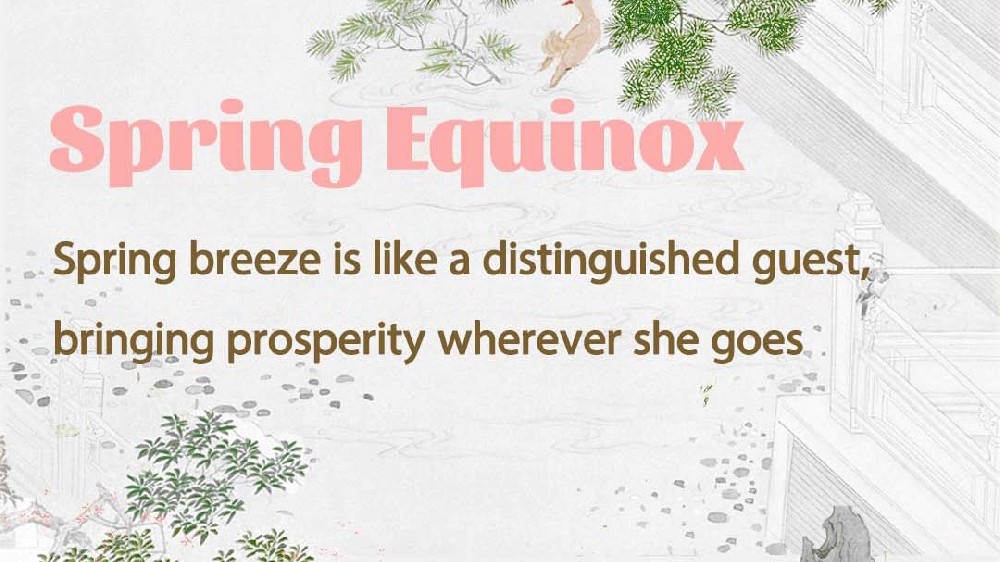
Xuan Paper: the Immortal Canvas of Chinese Civilization
In the mist-shrouded valleys of Anhui Province, where bamboo forests whisper ancient secrets, artisans preserve a craft that has shaped East Asian art for over 1,500 years: the creation of Xuan paper—a material so refined it has been dubbed "the king of papers" and "paper of ages." More than a writing surface, this 108-step masterpiece embodies China’s philosophical reverence for time, nature, and artistic expression.

Xuan paper’s origins trace back to the Tang Dynasty (618–907 CE), when a disciple of Cai Lun—the inventor of paper—stumbled upon decaying elm bark in southern Anhui. Through trial and error, he transformed the fibrous material into a resilient medium that resisted decay and absorbed ink with poetic precision.
By the Song Dynasty (960–1279), Xuan paper had become the exclusive choice for imperial edicts and calligraphic masterpieces. Its name derives from Xuanzhou, the ancient prefecture that oversaw its production, but its genius lies in its anatomy: a blend of elm bark and rice straw creates a matrix of microscopic pores that trap ink yet allow it to bleed gracefully—a phenomenon that revolutionized Chinese ink painting.
Producing Xuan paper is less a craft and more a ritual. Artisans spend three years transforming raw materials through 108 meticulous steps, each governed by lunar cycles and seasonal rhythms.
Material Alchemy: Elm bark is soaked, fermented, and beaten for months to soften its fibers. Rice straw, harvested at dawn, is sun-bleached to enhance its cellulose content.
Pulp Symphony: The two materials are mashed into a slurry using stone pestles—a rhythmic pounding that can take eight hours per batch.
Liquid Canvas: Two masters collaborate at the vat: one dips a bamboo screen (luo) into the pulp while the other guides its withdrawal. The thickness of the paper—ranging from 0.02mm to 1.5mm—is dictated by the angle of the dip and the pull’s speed.
Solar Etching: Sheets are sun-dried on bamboo racks, their surfaces refined by natural UV exposure.
This labor-intensive process, unchanged since the Ming Dynasty, ensures Xuan paper’s legendary durability. As Lu Xun noted, "A Tang Dynasty poem on Xuan paper feels as fresh as yesterday."
A Canvas for Immortality
Xuan paper’s unique properties have preserved humanity’s cultural DNA. The Along the River During the Qingming Festival scroll, a Song Dynasty panorama of daily life, survives intact thanks to Xuan’s ink-resistant fibers. Buddhist sutras from the 8th century remain legible, their characters as sharp as the day they were brushed.
Artists revere its duality:
Monochrome Mastery: In ink wash painting, Xuan paper’s capillary action creates ethereal gradients—a technique exemplified in Huang Gongwang’s Dwelling in the Fuchun Mountains, a masterpiece spanning 12 meters of Xuan parchment.
Calligraphic Poetry: The paper’s "silk-like" texture allows calligraphers to execute flying white strokes, where the absence of ink creates visual poetry.
Modern Resurrection: From Scrolls to Space
For decades, Xuan paper teetered on oblivion. Yet, like a phoenix, it has risen.
Cultural Renaissance: In 2009, Xuan paper’s production was inscribed on UNESCO’s Intangible Heritage List. Workshops in Jingxian County now blend tradition with tourism, offering visitors hands-on sessions where they "dance" with the vat to craft their sheets.
Scientific Reinvention: Researchers at the University of Science and Technology of China analyzed Xuan’s structure, inspiring ultra-thin, foldable films used in flexible electronics—a fusion of ancient wisdom and cutting-edge tech.
Global Canvas: Contemporary artists like Xu Bing reinterpret Xuan paper in installations, while luxury brands incorporate it into stationery and home décor, redefining "heritage chic."
Yet, challenges persist. Mechanized production threatens authenticity, and fewer than 3,000 artisans who can make Xuan paper remain. To combat this, Anhui’s government established the Xuan Paper Cultural Park, merging workshops with museums—a model that increased tourism by 64% in 2024.
Xuan paper is more than a medium; it’s a manifesto of patience and harmony. In an era of instant gratification, its creation—a dialogue between human hands and natural cycles—offers a counter-narrative to disposable culture. As we scroll through digital feeds, Xuan paper invites us to slow down to savor the texture of time.
